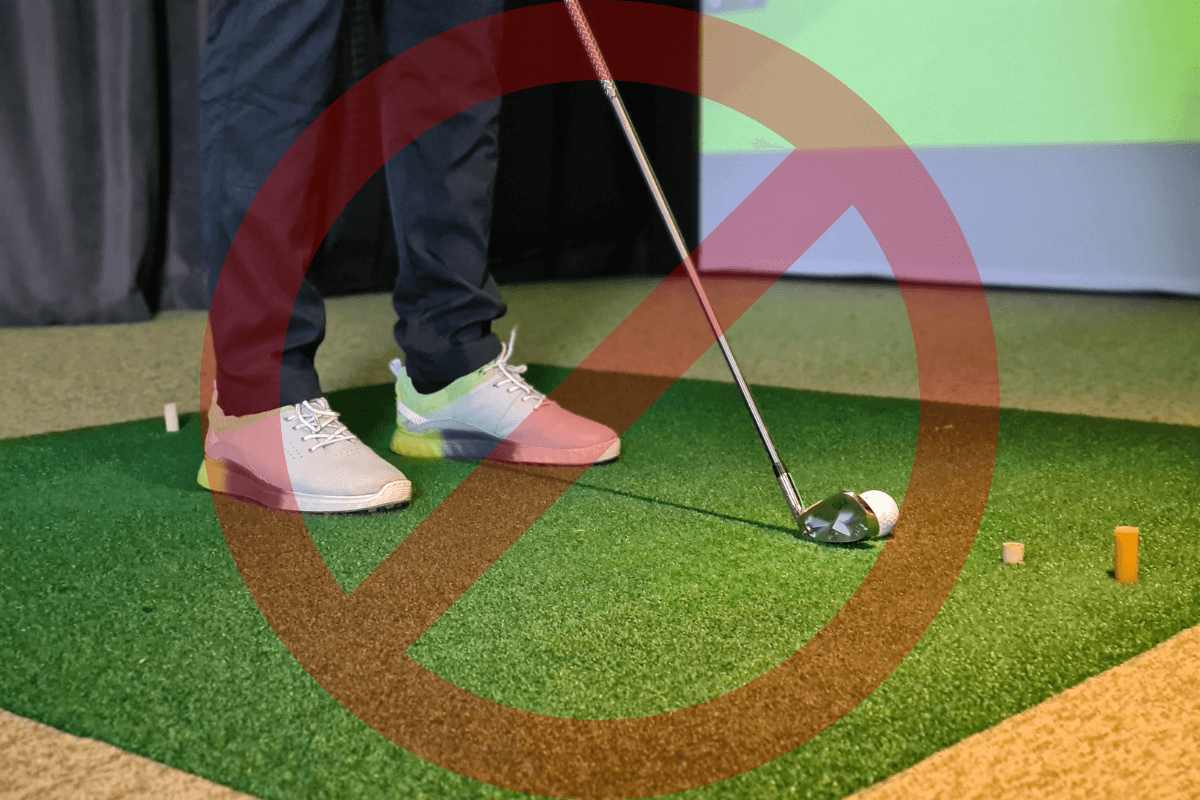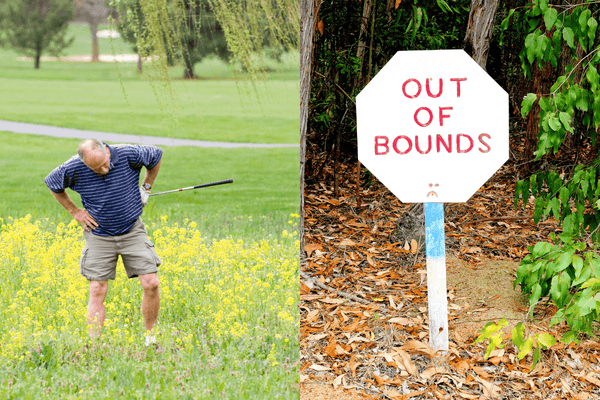Golf has long been a game of tradition, patience, and skill. Some purists argue that the influx of modern technology—from rangefinders to high-tech simulators—is eroding the essence of the sport. But is technology truly ruining golf, or is it simply evolving to make the game more accessible, enjoyable, and competitive?
Let's take a look at some of the biggest technological advancements in golf and why they may actually be improving the game rather than harming it.
Rangefinders: Precision Over Guesswork
In the past, golfers had to rely on course markers, yardage books, or caddies to estimate distances. Today, rangefinders and GPS devices provide instant, accurate yardages to the pin or hazards, eliminating the guesswork. While some argue that this reduces the skill needed to judge distances, it actually allows players to focus more on shot execution rather than spending time pacing off yardages. For amateur golfers, rangefinders can speed up play and make decision-making easier.
Golf Apps: A Personal Caddie in Your Pocket
Golf apps offer everything from GPS mapping to swing analysis and stat tracking. Players can review their rounds, analyze trends in their game, and even get AI-driven tips for improvement. These apps bring professional-level data analysis to everyday golfers, helping them improve their skills without needing an expensive coach or a deep knowledge of biomechanics.
Modern Club and Ball Technology: Enhancing Playability
Advancements in club and ball technology have made golf more accessible to a wider range of players. Game-improvement irons help beginners and high-handicappers launch the ball higher and farther, while driver technology minimizes mishits with larger sweet spots. Golf balls are now designed with varying levels of spin, compression, and feel to match different playing styles. Rather than making the game "too easy," these innovations help level the playing field and keep golf enjoyable for everyone.
Training Simulators: Practice Anytime, Anywhere
Gone are the days when you had to hit the driving range in bad weather or during the offseason to work on your game. High-tech golf simulators now allow players to practice at home or in indoor facilities with incredibly realistic course renderings and swing analytics. These simulators are especially useful for those who don't have easy access to a course or the time for a full round of golf. They’re also helping junior golfers develop skills earlier and with better feedback than ever before.
Golf Carts with GPS: Smarter, Faster Rounds
Golf carts equipped with GPS systems provide detailed course layouts, recommended club selections, and pace-of-play tracking. Some even allow players to order food and drinks from the clubhouse or see where groups ahead of them are on the course. These features speed up rounds and enhance the overall experience for both casual and competitive golfers.
Hard Work Still Matters More Than Technology
While technology can aid golfers in many ways, no device or innovation can replace the fundamentals of hard work, practice, and skill. A rangefinder won’t fix a bad swing, and a high-tech golf ball won’t save a poorly executed shot. Training simulators and data analysis tools provide valuable feedback, but they don’t substitute for the hours needed on the driving range or the experience gained through real rounds of golf. Technology can be an aid, but it won’t magically make anyone a great golfer—only dedication and effort will do that.
Technology Is the Evolution of Golf, Not the End of It
The game of golf has always evolved—just as wooden clubs gave way to steel and graphite shafts, and gutta-percha balls were replaced with modern multi-layer designs. Technology is not ruining golf; it is making it more inclusive, enjoyable, and competitive. These advancements help players of all skill levels improve their game while keeping golf relevant in today’s fast-paced world.
Instead of resisting these changes, we should embrace them as part of the sport’s natural evolution. After all, the ultimate goal of golf is to enjoy the game, and if technology helps more people do just that, isn’t that a good thing?












